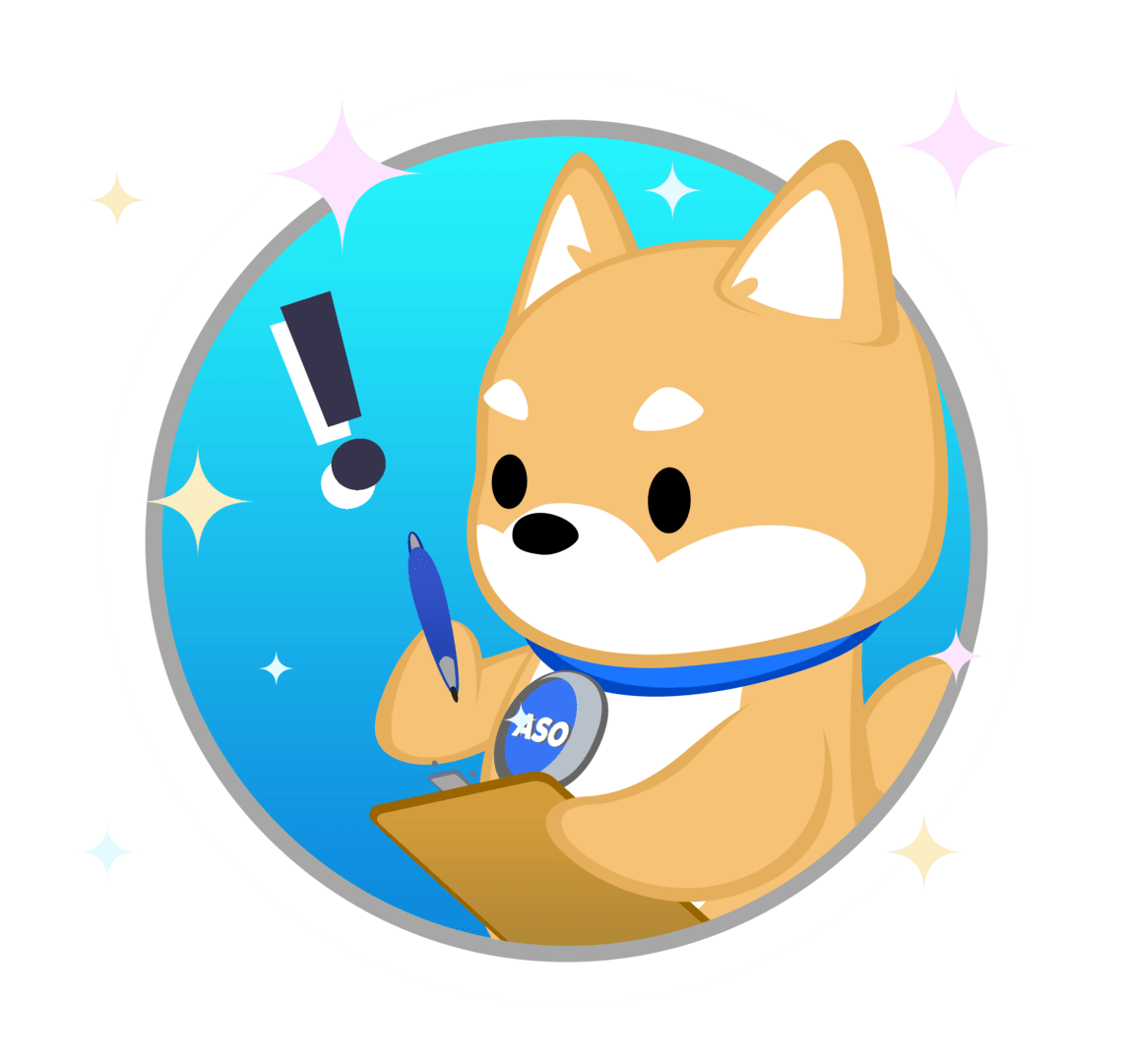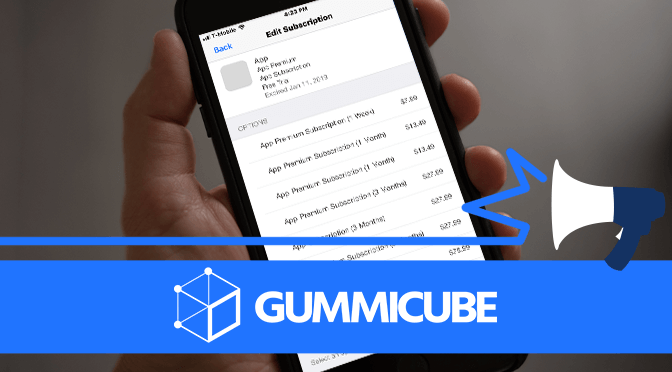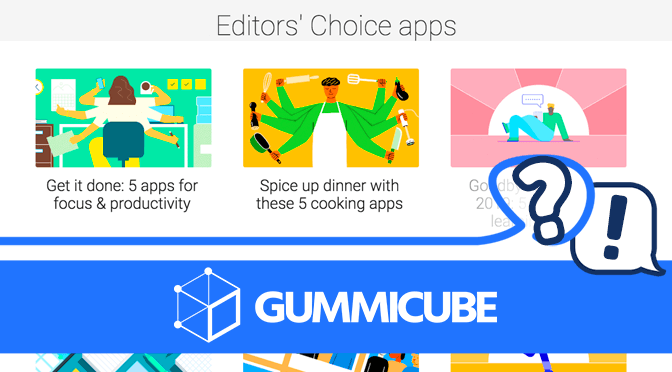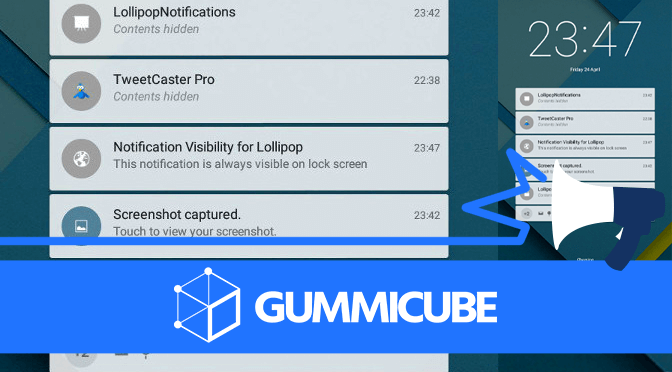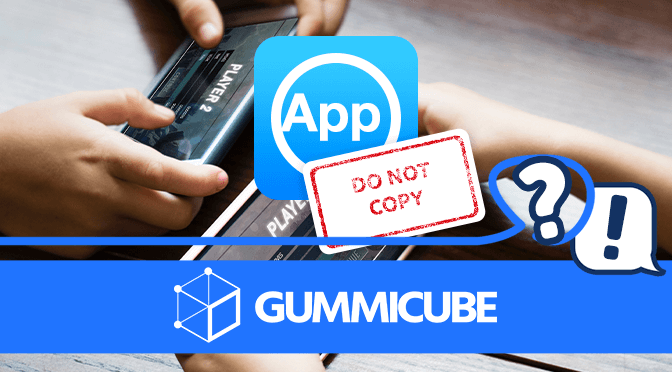
Apple Announces Plan to Enable Simultaneous iOS and macOS App Development
Posted on February 22nd, 2019
Apple has announced a major change coming to the iOS and macOS App Stores. This will enable a way to create apps for both iOS and macOS simultaneously, as well as an easier way to port iOS apps to macOS. The company will begin developing and rolling out a new UIKit, which will let developers create a single app for mobile devices and computers by 2021. This initiative, code-named “Marzipan,” promises to be a major innovation for app developers and will also have a major impact on App Store Optimization.

